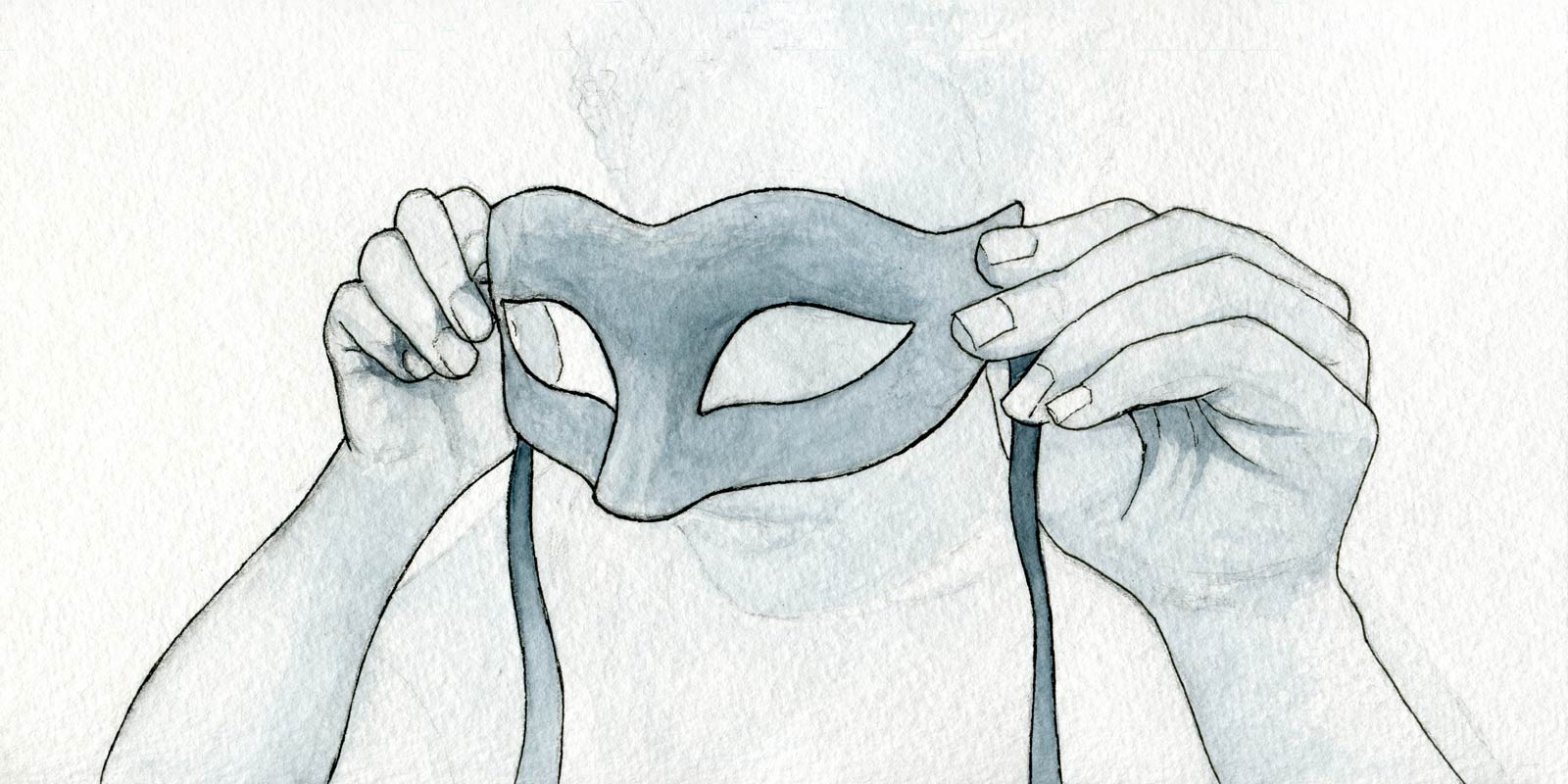A popular concept in understanding your product experience is “eating your own dogfood” (or “drinking your own champagne,” or any number of other food-or-drink metaphors). But are you really using it the way your users will? Instead of thinking of it as the activity of using your own product, try your hand at adopting the motivations behind your users. In essence, see what happens when you become your own user.
Come to it with fresh eyes
One particular danger of dogfooding (as noted by Des Traynor) is that a team that’s focused on using their own product can inadvertently neglect critical-but-not-frequent tasks such as onboarding. Whatever you design for – novices or experts, occasional or frequent use – the future of your product are the users encountering your product for the first time right now. Think about the following:
- How do you find out about it? Think about how that sets the tone from the start as a triangulation of the particular promise being made, the way it presents itself, and the social context. Look for publicly-available content, emails, advertisements, and any other brand touchpoints.
- What entices you to continue? Why sign up? Did you get what you hoped for? If you’ve completed a task, does anything come next?
- What do you discover along the way? Are you introduced to other aspects of your product or service? See what you hear, and where you go, after signing up. Also see if you can find your way back to what matters to you later on, starting from the homepage.
Optimizing this first experience of your users is a fundamental part of designing for growth. No matter what you design, looking at your product from that perspective can reveal the points of confusion or misdirection that can occur well before a user reaches what you intend them to encounter. Your product continues to evolve, so it’s healthy to periodically try it out from the very beginning to ensure it’s telling the story your want it to tell.
Make it personal
Your product, in one sense, is a means to an end. To become one of your users, you need to get that same kind of connection to the result rather than the product. Pick a reason for using your product that will drive you to an outcome you genuinely care about. You’ll be more motivated to see it through, and while doing so, you’ll get a very clear picture about what really matters for that particular goal. It’s a fantastic way to pinpoint small but important interactions that are real areas of friction.
It’s possible you may not really be a realistic user for the product you design. You can find someone that is, though: your friends, family, or other people you interact with in your daily life may be. If there is someone you know who would be a good match, try adopting their goals as your own. When you’re determined to make something work, you’ll discover some of the same roadblocks they may encounter. You may even find that the solution is not to be found in your product in the end. Even then, you’ll learn more about how or why your product is involved with it. This can lead to ideas for clever ways to integrate other tools or services with your product.
It’s not you, it’s me
The point of an exercise like this is empathy: becoming a user is not the same as designing for yourself. This is a subtle difference but an important one. By definition, designing for yourself is designing for a niche audience because of your specific skills and knowledge. Take care not to fall into that kind of “narrowing” activity as it can create a blind spot about your true users.
In contrast, becoming a user is a kind of “broadening” activity. It’s a way to generate experiences of your own to add texture to the understanding you get from user research. As you learn more about the variety of your users, try these same exercises with different goals or from different user perspectives. Whatever experience you have with it, your story is just one amongst many…but as yours, it will stay with you as a reminder of what it’s really like.


Leave a Reply